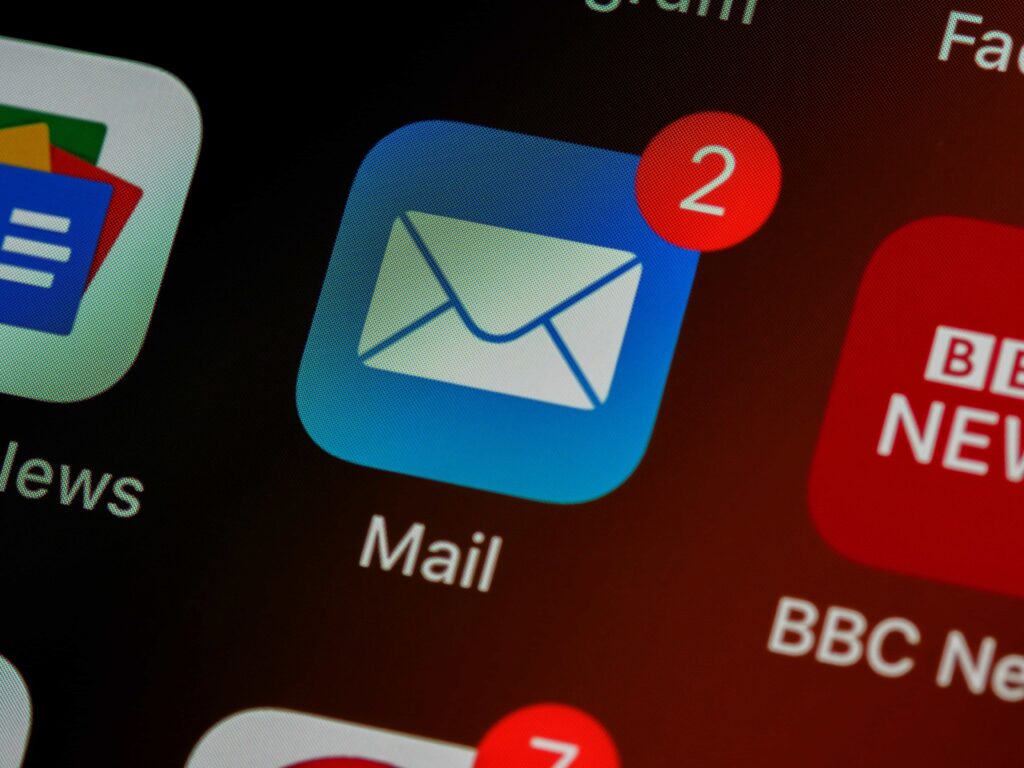Cold emails are a form of outreach used primarily in sales, marketing, and networking contexts, where an email is sent to a recipient with whom the sender has no prior relationship. The primary purpose of a cold email is to initiate a conversation and build a connection that could potentially lead to a business opportunity, partnership, or other professional engagements. Unlike spam emails, cold emails are targeted and personalized, aiming to provide value to the recipient while seeking a specific outcome, such as a meeting, sale, or information exchange.

The Fundamentals of Cold Emailing
At its core, cold emailing involves a few key principles:
- Targeting and Personalization: Successful cold emails are not sent at random. They are carefully targeted to individuals or organizations that are likely to have an interest in the product, service, or proposal being offered. Personalization makes the email relevant to the recipient, addressing them by name, referencing their work, or mentioning mutual connections.
- Value Proposition: A clear and compelling value proposition is crucial. The email must articulate what the sender is offering and why it is beneficial to the recipient. This could be a solution to a problem, an opportunity for collaboration, or valuable insights into their industry.
- Call to Action: A clear call to action (CTA) guides the recipient on what to do next. Whether it’s replying to the email, scheduling a meeting, or visiting a website, the CTA should be straightforward and easy to follow.
Examples and Case Studies
Many companies and professionals have leveraged cold emails to achieve remarkable results. For instance, the founders of Airbnb used cold emailing to recruit new hosts in their early days, targeting Craigslist users who were listing their properties for short-term rentals. This approach helped them rapidly expand their offerings and user base.
Another example is a startup that gained its first major clients by sending personalized emails to a carefully curated list of potential customers, offering them a free trial of their software and making sure to use a free cold emailing marketing software. By highlighting how their solution could solve specific problems faced by these companies, they saw a significant response rate and converted several into paying customers.
Expert Opinions and Research
Experts in sales and marketing often emphasize the importance of research and customization in cold emailing. Studies have shown that personalized emails can improve response rates by up to 50% compared to generic messages. Furthermore, including specific references to the recipient’s recent work, achievements, or mentions in the news can significantly increase the likelihood of a positive response.
A survey conducted by Backlinko analyzed millions of cold emails and found that short, concise emails with a clear value proposition and a single call to action performed the best. Additionally, emails that were personalized based on the recipient’s interests and needs had a higher success rate than those that were not.
Cold emails are a powerful tool for building new professional relationships, initiating business opportunities, and expanding networks. However, their success largely depends on the sender’s ability to target the right recipients, offer clear value, and communicate in a personalized and respectful manner. With careful planning and execution, cold emails can open doors that might otherwise remain closed.